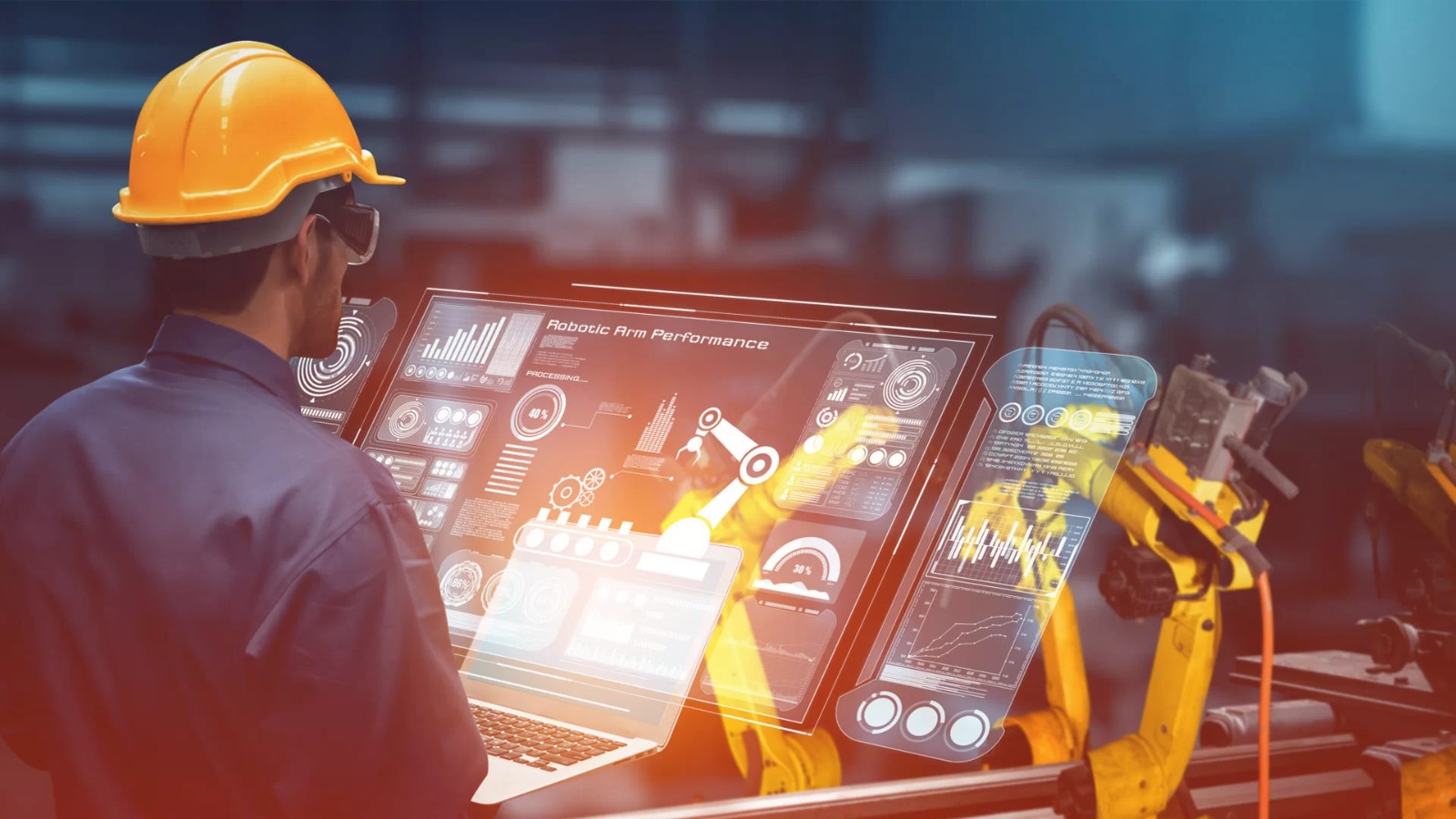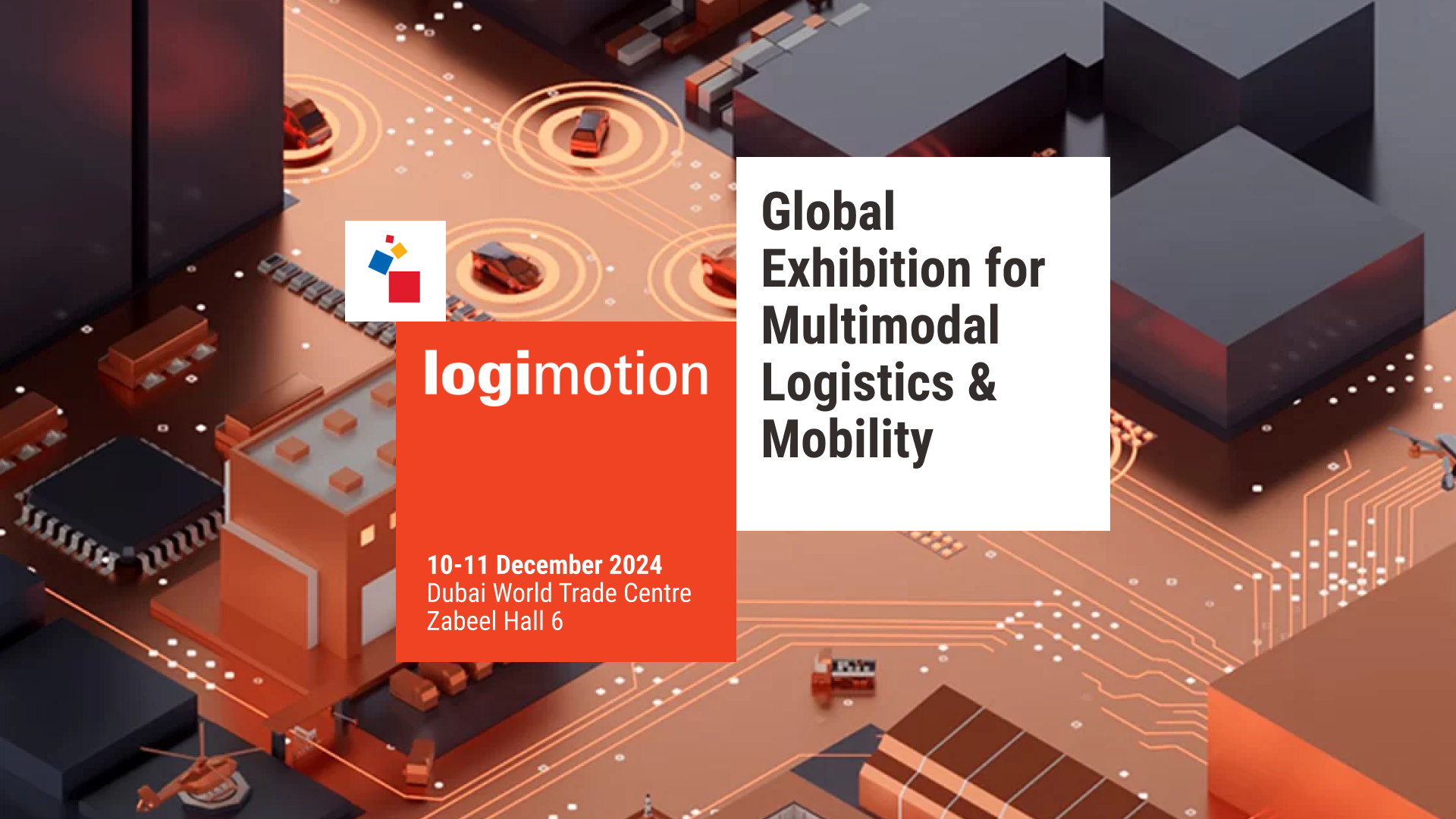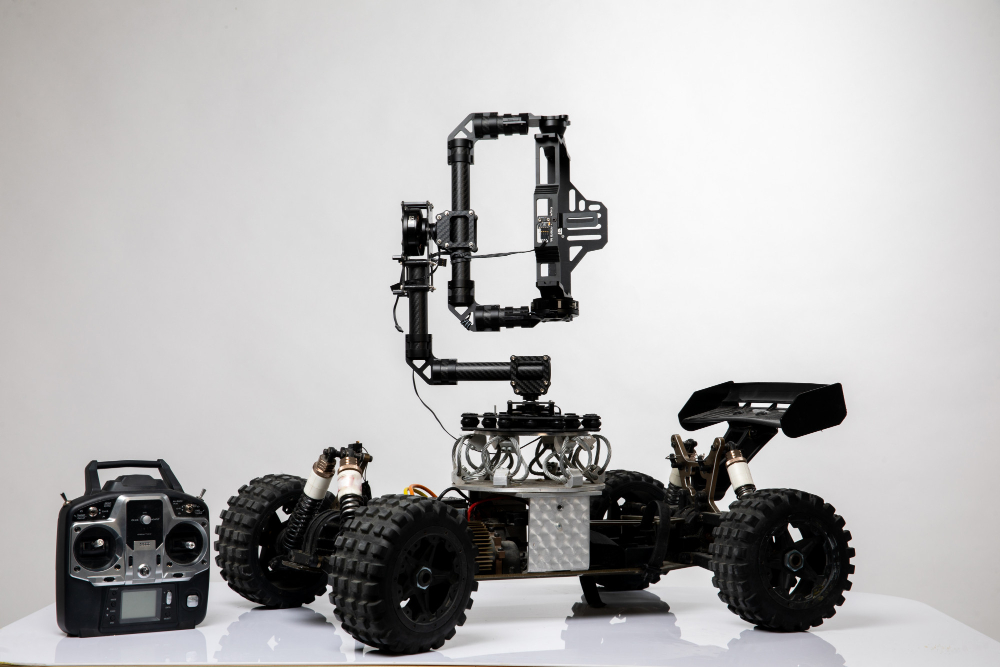The integration of Artificial Intelligence (AI) and the Internet of Things (IoT) in oil and gas logistics has revolutionized the industry, bringing unprecedented levels of efficiency, cost-effectiveness, and transparency. These technologies enable companies to optimize their operations, minimize risks, and enhance decision-making processes. At Logimotion 2024, industry leaders will explore how AI and IoT are transforming logistics and supply chains, setting a new standard for operational excellence.
1. The Role of AI in Optimizing Oil and Gas Logistics
AI has become a critical tool for improving efficiency in oil and gas logistics. By leveraging machine learning algorithms and predictive analytics, AI can optimize supply chain management, reduce costs, and enhance decision-making processes.
A. Predictive Maintenance
One of the most impactful applications of AI in logistics is predictive maintenance. AI systems can analyze historical and real-time data from equipment such as pipelines, vehicles, and storage tanks. By identifying potential failures before they happen, companies can schedule maintenance, avoid costly downtime, and extend the lifespan of assets.
B. Route Optimization
AI-driven systems can optimize transportation routes by analyzing traffic patterns, fuel costs, and weather conditions. By identifying the most efficient routes, AI helps reduce delivery times and fuel consumption, resulting in a more cost-effective logistics operation.
C. Demand Forecasting
AI can also forecast demand for oil and gas products, enabling companies to better manage their inventory and avoid overproduction or stockouts. By analyzing market trends, consumption data, and historical patterns, AI helps ensure that the right amount of resources is delivered to the right place at the right time.
2. IoT for Real-Time Monitoring and Data Collection

The Internet of Things (IoT) plays a critical role in improving the visibility of logistics operations in the oil and gas industry. IoT devices collect real-time data from various points along the supply chain, providing actionable insights to logistics teams.
A. Real-Time Asset Tracking
IoT-enabled sensors are used to track the location and status of assets such as pipelines, cargo ships, and storage tanks. This real-time data allows logistics teams to monitor the movement of oil and gas products and respond quickly to any potential issues, such as delays or equipment malfunctions.
B. Monitoring Environmental Conditions
IoT devices can also monitor environmental conditions, such as temperature, pressure, and humidity, during the transportation of sensitive materials like natural gas. These sensors ensure that the products are stored and transported under optimal conditions, reducing the risk of spoilage or damage.
C. Supply Chain Visibility
By providing end-to-end visibility of the gas supply chain, IoT helps companies identify bottlenecks, optimize workflows, and reduce inefficiencies. This visibility is particularly important in an industry where delays can have significant financial consequences.
Learn more about these advancements at Logimotion 2024.
3. Reducing Costs and Improving Safety with AI and IoT
Cost management and safety are top priorities in the oil and gas industry, and AI and IoT technologies are helping companies achieve both goals.
A. Reducing Operational Costs
By automating tasks, optimizing routes, and improving asset management, AI and IoT help companies reduce labor costs, fuel consumption, and equipment maintenance expenses. These technologies also minimize the risk of human error, resulting in more accurate and efficient operations.
B. Enhancing Safety Measures
Safety is a critical concern in oil and gas logistics, given the hazardous nature of the materials being transported. IoT sensors can detect leaks, pressure changes, or equipment malfunctions in real-time, allowing companies to address safety issues immediately. AI can analyze safety data and predict potential risks, enabling companies to take proactive measures to prevent accidents.
C. Reducing Environmental Impact
Sustainability is becoming increasingly important in the oil and gas industry, and AI and IoT can help reduce the sector’s environmental footprint. AI can optimize resource consumption, while IoT devices monitor emissions and fuel usage, ensuring compliance with environmental regulations.
4. Improving Customer Service with AI and IoT
AI and IoT are also enhancing the customer experience in oil and gas logistics by improving communication, transparency, and delivery accuracy.
A. Real-Time Shipment Tracking
IoT-enabled devices provide real-time tracking information to customers, allowing them to monitor the status of their shipments. This level of transparency improves trust and allows customers to plan accordingly.
B. Accurate Delivery Timelines
AI-driven route optimization tools ensure that deliveries are made on time, providing customers with more accurate delivery timelines. This helps companies meet customer expectations and maintain strong relationships.
C. Personalized Service
AI systems can analyze customer data to provide personalized service, such as tailored delivery options or customized pricing. This level of personalization enhances customer satisfaction and drives loyalty.

5. The Future of Oil and Gas Logistics with AI and IoT
The integration of AI and IoT in oil and gas logistics is still evolving, and the future holds exciting possibilities for further innovation.
A. Autonomous Vehicles and Drones
Autonomous vehicles and drones are expected to play a significant role in the future of oil and gas logistics. These technologies can further optimize transportation by reducing labor costs and minimizing the risk of human error. Drones, in particular, can be used to inspect pipelines and storage facilities, reducing the need for manual inspections in dangerous environments.
B. Blockchain Integration
Blockchain technology is being explored as a way to enhance security and transparency in logistics operations. When combined with AI and IoT, blockchain can create a secure and tamper-proof ledger of transactions, ensuring that the entire gas supply chain is traceable and trustworthy.
C. Advanced AI Algorithms
AI algorithms are becoming more advanced, enabling even greater levels of optimization in logistics operations. Future AI systems will be able to predict market trends, optimize supply chains in real-time, and make autonomous decisions that further improve efficiency.
Benefits of Attending Logimotion 2024
At Logimotion 2024, participants will have the opportunity to learn about the latest developments in AI and IoT for oil and gas logistics. Key benefits include:
- Expert Knowledge: Learn from industry leaders who are driving innovation in AI, IoT, and logistics.
- Networking Opportunities: Connect with peers and experts to share ideas and build valuable partnerships.
- Cutting-Edge Technology: Explore the latest AI and IoT technologies that are transforming the industry.
FAQs About Logimotion 2024
1. Who should attend Logimotion 2024?
Logimotion 2024 is ideal for logistics professionals, supply chain managers, and technology providers in the oil and gas industry.
2. What topics will be covered?
The event will cover topics such as AI, IoT, automation, and risk management in oil and gas logistics.
3. When and where is Logimotion 2024 held?
The event will be held at Zaábeel Hall 6, Dubai World Trade Centre, from 10 – 11 December 2024.
4. How do I register for Logimotion 2024?
You can register online through the official website or click here.
Conclusion
AI and IoT are transforming oil and gas logistics by driving efficiency, reducing costs, and enhancing safety. Companies that embrace these technologies will be better positioned to navigate the complexities of the industry and stay competitive. Attending Logimotion 2024 provides the perfect opportunity to learn more about how AI and IoT can revolutionize logistics operations.
Register today and stay ahead of the curve in the evolving world of oil and gas logistics.






